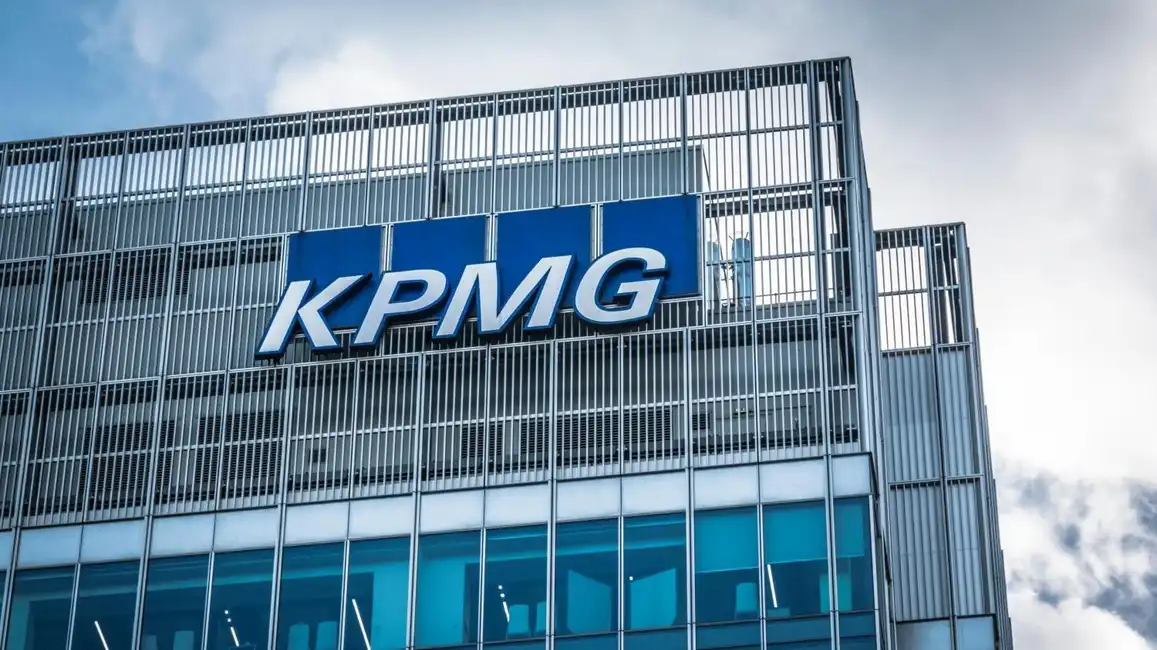On April 19, 2025, Beijing became a world pioneer when it hosted the first half-marathon where humanoid robots competed alongside thousands of human runners.
The groundbreaking event attracted worldwide attention by demonstrating progress in robotics and AI technology and initiating discussions about the robotics industry's future. UK investors must analyse how current opportunities relate to technological advancements and market potential.
Event Overview
During the Yizhuang half-marathon 21 humanoid robots ran alongside thousands of human participants. Robots of different sizes and designs showcased lifelike characteristics that mesmerised spectators while demonstrating quick advancements in robotic technology. The humanoid robots endured the full marathon distance of 21.1 kilometres by replicating human biomechanics, which showcased their superior capabilities compared to regular industrial robots.
The Beijing Innovation Centre of Human Robotics created Tiangong Ultra which delivered an exceptional performance. Tiangong Ultra finished the race in an impressive 2 hours and 40 minutes thanks to its advanced human-like running algorithms and efficient battery system. Despite progress robots faced continuous challenges where some needed human trainer support while others suffered technical failures. Current robotics technology demonstrates its advancements while revealing its existing limitations.
Technological Implications
Multiple important robotics advancements were presented at the event. The creation of algorithms that enable robots to replicate human running marks an essential technological advancement. These algorithms empower robots to navigate different terrains while maintaining stability and reproducing human walking patterns which are crucial for real-world applications.
The event showcased its improved energy efficiency as a primary demonstration point. Advanced battery technology demonstrated in Tiangong Ultra enabled robots to perform high-energy tasks for long durations. The battery and motor issues faced by some robots reveal potential areas for technological advancement and research.
The results from the half-marathon highlighted existing limitations. Human intervention was necessary for many robots to bypass obstacles or recover functionality following malfunctions. Robots must successfully navigate these challenges to move beyond controlled settings and enter widespread use.
China’s Ambition in Robotics
China demonstrated its determination to lead in advanced technologies such as robotics and artificial intelligence through this event. Through substantial investments in these sectors China seeks to establish itself as the global innovation leader. By successfully hosting this significant event China showed both its technological prowess and its self-assurance in presenting these abilities to the global audience.
China’s leading robotics firms like DroidVP and Noetix Robotics took an active role at the event. The active participation of these companies highlighted the powerful state of China’s robotics sector which is supported by government support and substantial research funding. The International Federation of Robotics reported that China installed 44% of all robots worldwide in 2023 which demonstrates its dedication to advancing robotics technology.
Opportunities for UK Investors
The Beijing humanoid robot half-marathon demonstrates to UK investors the expansive growth path of the global robotics industry. Advancements in human-like running algorithms alongside extended battery capabilities and efficient hardware create promising opportunities for investors.
Experts predict that the global robotics and AI market will reach £250 billion by 2030 as these sectors experience exponential growth. UK investors recognised for their forward-thinking approach need to evaluate three important factors during their exploration of investment possibilities in this field.
Collaborative Research and Development
UK businesses can gain access to advanced robotics technology and new markets by forming partnerships with leading Chinese robotics firms.
Hardware and Software Investments
Businesses that provide robotic components including sensors and motors as well as AI software platforms hold substantial opportunities for expansion.
Sector Diversity
Robotics technology finds applications across multiple sectors including manufacturing healthcare retail logistics. UK investors need to assess which sub-sectors have high growth potential in order to take advantage of special opportunities.
Monitoring global developments remains essential to recognise emerging market trends. Beijing's half-marathon provides important information about the future of robotics while revealing new technologies that could revolutionise established industries.
The Bigger Picture
The humanoid robot half-marathon in Beijing 2025 demonstrated significant advancements in robotics and AI by pushing new boundaries in humanoid technology. Even though obstacles still exist, progress in algorithms alongside improved energy efficiency and hardware designs points towards a promising future for this technology. Through its leadership in this area China confirms its position as a central force in technological innovation.
For UK investors, the message is clear: the global robotics industry holds immense potential. UK businesses that remain ahead of technology trends while pursuing collaboration and investment opportunities can establish themselves as major forces in the robotics revolution.
Final Takeaways
The Beijing humanoid robot half-marathon represents an important achievement in technology development while simultaneously offering strategic value to global industries and investors. Robotics development promises transformative effects across multiple industries beyond marathon applications including healthcare and logistics.
Humanoid robots and strategic investors are competing to take advantage of the fast-paced market developments. The robotics industry might present your next business opportunity. Time to find out.




















